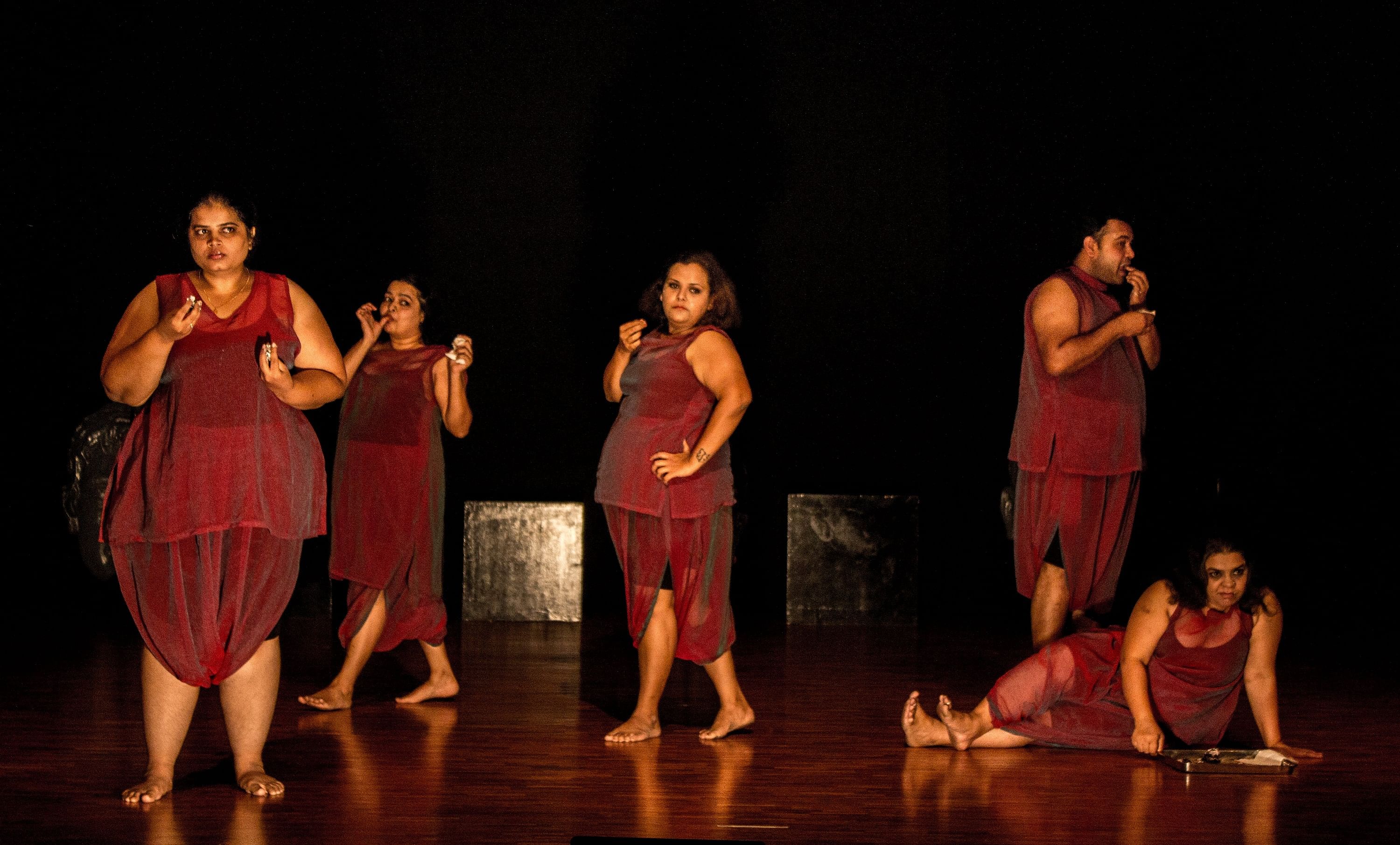
At a time when men and women are battling body-shaming and social bias against obesity, the field of performing arts is still stuck with strict rules for practitioners and their figures. Be it dance or theatre or any activity which places them in the spotlight, artistes are supposed to look thin.
Many might argue that this is part of professional discipline and years of practice will shape the artistes’ bodies into more slender versions. But the impact this has on the ones who are just starting out and their confidence is not talked about. Deluged by pictures and videos of perfectly-shaped men and women, many abandon their love for the arts.
“I signed up for kathak classes when I was around 18 years old. No one in my family had ever pursued any kind of dance, we have always been more musically inclined. But I fell in love with the art form after seeing a movie and decided to take it up,” says a 28-year-old techie residing in the city, who does not want to be named.
For almost a year, she attended weekend classes regularly but the experience was far from pleasant. “I have always been a chubby girl and that, combined with medical issues which made losing weight difficult, ensured that I looked different from everyone else in the class. The teacher would always put me at the very back for shows and hardly gave me any attention in class, though I was a pretty good dancer. She skipped my name for important programmes and took lesser-qualified dancers instead,” the techie says.
At first, she put it down to her insecurity but when others pointed it out, she decided enough was enough. “I stopped my classes and have never attempted to join anywhere else because I was scared the same process would repeat. I still watch YouTube tutorials and dance shows and even attempt a
few steps on my own regularly, but only in the privacy of my own house, where I am certain that no one will see me,” she says, adding that she knows and has heard of many women who have quit for similar reasons.
This is not an uncommon scenario in India now, with its craze for ‘size zero’ and online and offline bullying of anyone who doesn’t conform, especially women. Which is why weight and shape, never considered a defining factor in classical art forms, have become contentious issues now.
Even a simple online search for plus-sized Indian dancers throws up very few results. Only a handful reach a stage where they can celebrate their size; most gave up in the face of criticism and taunts, from relatives and teachers alike.
Contemporary art forms are no different. Nivetha Shree, a tribal fusion belly dancer, points out that though belly dancers have traditionally had ‘fuller figures’, the entry of Bollywood celebs like Katrina Kaif and Nora Fatehi has altered this notion.
“Technically, anyone can belly dance but movie songs are changing the way people see this artform. Even on television shows, they mostly look for skinny dancers.”
Nivetha says she was bulky when she started out and has had people from the audience pass comments like ‘She is not even fit; can she even dance, she has so much flab on her back’ and so on. “I feel that I missed many opportunities because of such biases,” she says.
Even theatre, supposedly considered an ‘inclusive art’, is not free from prejudices.
Anuradha Rao, founder of The Big Fat Company, an ensemble of plus-size people, says they routinely face discrimination. “None of us get a protagonist’s role. We are always cast as comedy elements, older men/women or maidservants,” she says. Some directors have told these plus-size actors that their bodies aren’t suited for the stage.
Anuradha points out that more than body shaming, the situation comes from people not challenging status quo.
“For example, characters like Romeo and Juliet or Shakuntala are always the same. The female lead has to be a slim, stereotypical ‘Lakme beauty queen’ kind of person. For actors who are talented enough to carry different roles, these aesthetic biases limit their possibilities,” she says.
It’s all about handling your weight
Bharathanatyam dancer Dakshina Vaidyanathan says that though there is a need for practitioners of visual art forms look a certain way, the main reason that “we are asked to look a certain way is more for the physical aspect and less for the looks; there are many postures and steps that are difficult to do if you are overweight,” she says. “I am not very slim myself; I am big built but my muscles are quite toned. In classical dance, especially bharathanatyam, you don’t have to be thin or slim or small built, like the way they expect ballet dancers to be. You just need to be able to handle your weight in an agile manner on the stage.”
“When your weight gets out of hand and your movements become sloppy is when people start objecting,” she points out.
Need for change...
Anuradha says that for attitudes to change, the belief system around aesthetics has to change, whether it is in the industry or society. “In the entertainment industry, when this becomes a huge issue, they say, ‘We should be inclusive so let’s get a fat person onboard.’ But that doesn’t serve the purpose as overall our opportunities and scope remains limited.”